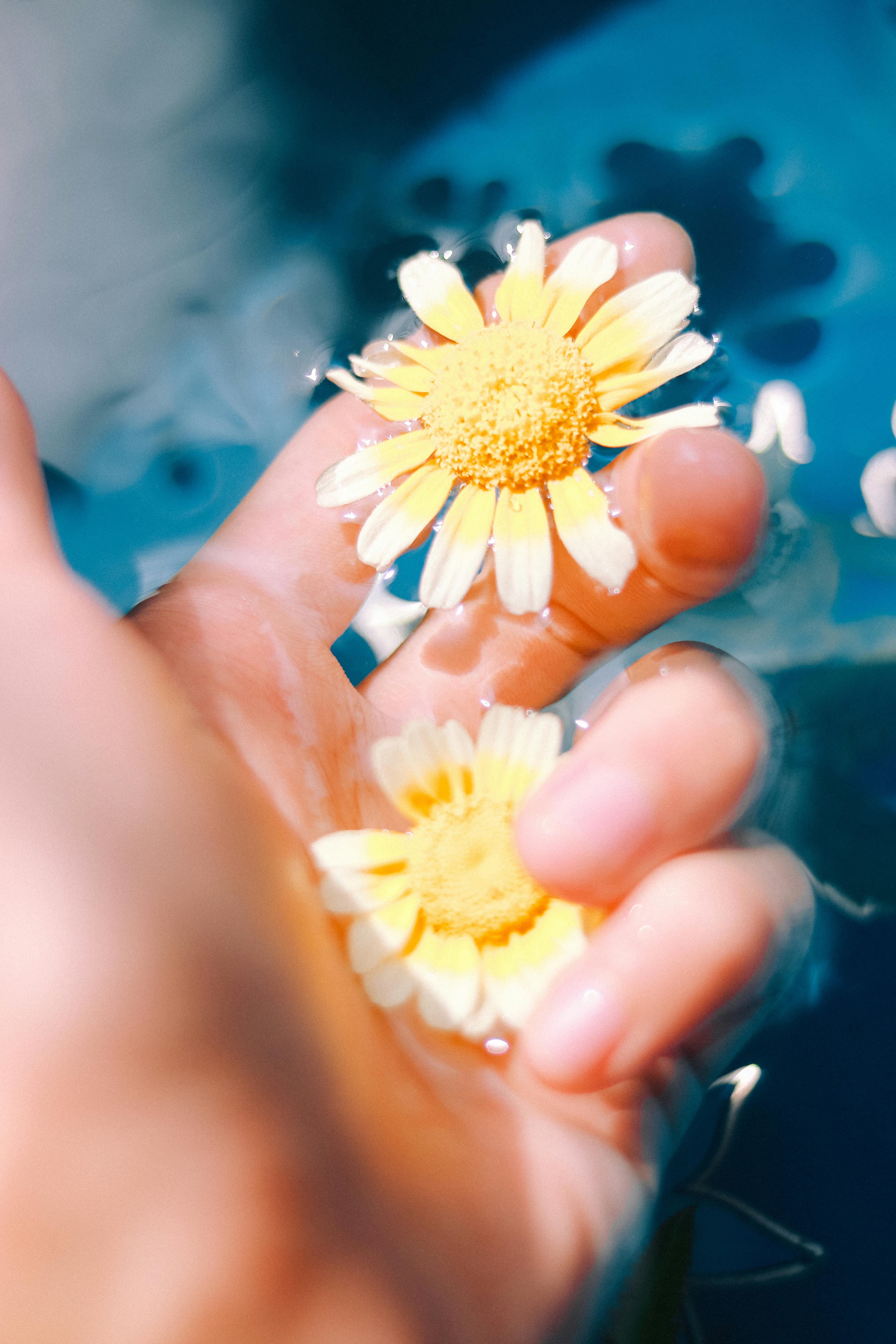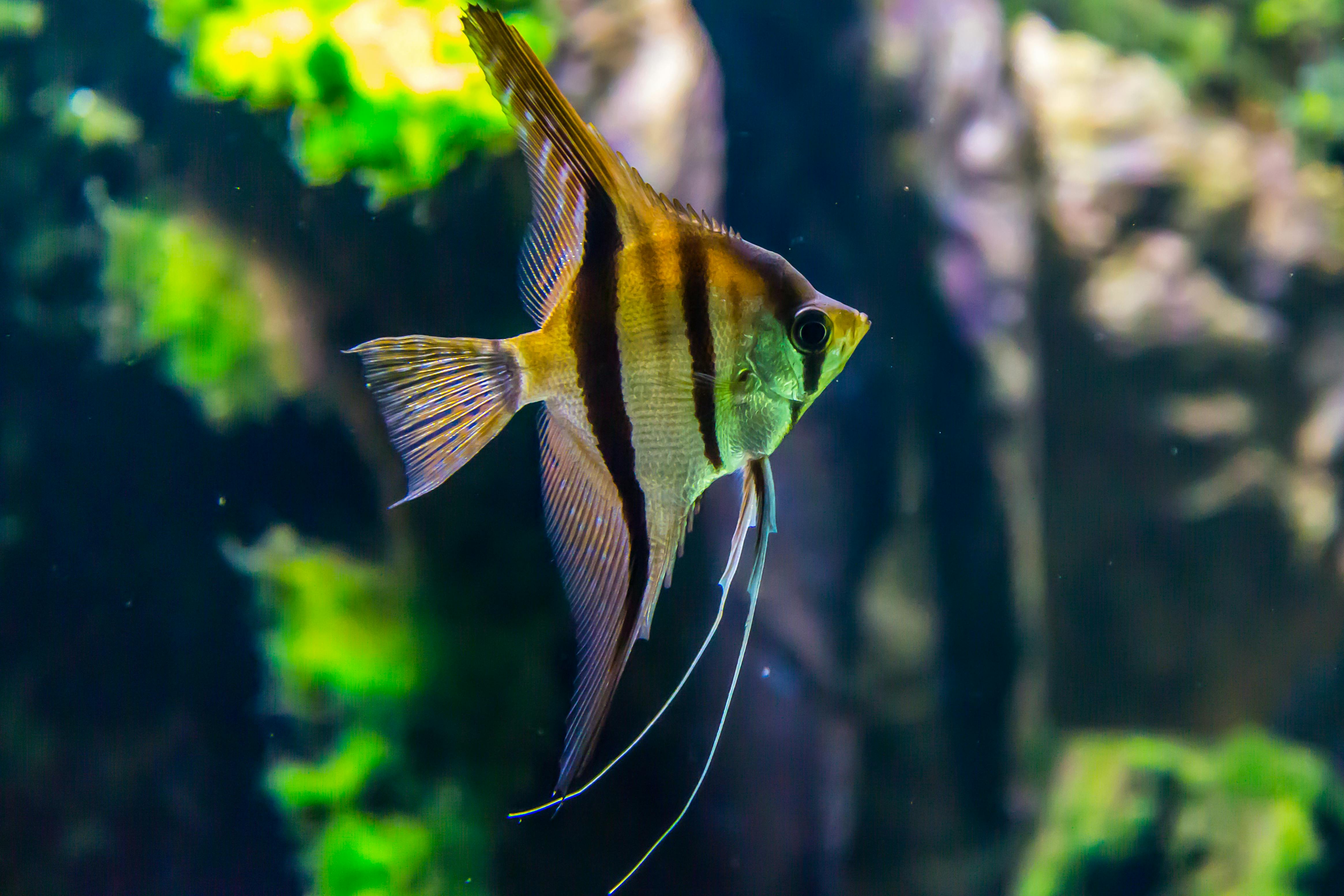
Smart Ways to Perfectly Boil Spaghetti in 2025: Achieve Al Dente!
Cooking the perfect spaghetti is a culinary art that combines precise timing, appropriate methods, and a touch of practice. Understanding how to boil spaghetti correctly goes beyond merely dropping it into boiling water. It involves mastering a variety of factors, including the thickness of the pasta, whether it's dried or fresh, and even the type of sauce that will accompany your dish. In 2025, achieving that perfect al dente texture not only enhances the flavor but also elevates your dining experience. This article will guide you through essential boiling techniques, tips, and tricks to perfect your spaghetti cooking method.
You'll learn specific spaghetti boiling instructions that cover everything from how to measure the right portion sizes to common spaghetti mistakes to avoid. We'll also explore the science behind boiling pasta and why timing is pivotal. Whether you're hosting a family dinner or cooking for yourself, these smart ways to boil spaghetti will ensure impeccable results every time.
Get ready to elevate your spaghetti dishes with knowledge of timing, techniques, and even innovative cooking methods!
Essential Techniques for Boiling Spaghetti
Starting with the fundamentals, the method you use to boil your spaghetti significantly influences its texture and flavor. Understanding spaghetti thickness, the type of water used, and the boil duration are crucial factors to consider. When boiling spaghetti, the key is to ensure that you achieve that desired al dente texture, which means the pasta should be cooked but still firm to the bite. The ideal boiling time often varies based on the spaghetti type: for standard dried spaghetti, the typical cooking duration is around 8-12 minutes.
Choosing the Right Spaghetti Type
There are various types of spaghetti available on the market today, each with distinct thickness and texture. Traditional dried spaghetti typically requires a longer cooking time compared to fresh spaghetti, which can be ready in as little as 2-5 minutes. When boiling pasta, it's essential to consider these differences to achieve optimal results. For example, whole grain or gluten-free versions may also have varying spaghetti cooking instructions.
Boiling Water Preparation
The preparation of boiling water is just as vital. Ensure you have ample water—about 4-6 quarts for a one-pound package of spaghetti. Adding salt for boiling spaghetti is another crucial tip; it enhances the flavor. A general guideline is about 1-2 tablespoons of salt per gallon of water, which helps to season the pasta during the cooking process.
Timing and Testing for Doneness
Timing is everything! Most spaghetti brands will include a recommended cooking time on the packaging, but it’s wise always to taste the spaghetti a minute or two before the suggested time is up. Testing spaghetti doneness allows you to find that perfect al dente texture that balances firmness with tenderness. To test, simply take a strand out, let it cool for a moment, and bite into it. If it is chewy yet firm in the center, you’ve achieved al dente!
Common Mistakes to Avoid When Boiling Spaghetti
Even seasoned cooks can make errors that result in less-than-perfect spaghetti. One of the most common spaghetti mistakes is not using enough water, leading to uneven cooking and sticky pasta. Additionally, it’s important not to add oil to the cooking water, which can prevent sauce from adhering to the pasta properly.
Preventing Sticking
How to prevent spaghetti sticking is a common question, especially for beginners. One effective method is to stir the spaghetti frequently during the first few minutes of cooking, as that is when it is most prone to clumping together. Rinsing the cooked spaghetti under cold water can also help remove excess starch, which contributes to sticking.
Understanding Spaghetti Cooking Time
The cooking time for spaghetti can be adjusted based on preferred texture. It may be tempting to overcook your pasta, especially if you’re serving a crowd, but remember that that al dente spaghetti retains better texture when reheated, making it perfect for leftovers. Consider timing adjustments for pasta types as some varieties might need a more extended boiling process.
Enhancing Your Boiling Experience
Now that you've learned the basics and common pitfalls, let’s dive into ways to enhance your boiling experience for even better results. Whether you're experimenting with flavors, considering additional ingredients, or trying out different cooking methods, various strategies exist to elevate your dish.
Flavoring Your Boiling Water
Another smart way to enhance your spaghetti flavor is by adding ingredients to your boiling water. Experimenting with herbs, garlic, or even spices can impart a more robust taste to your noodles. Adding things like bay leaves, peppercorns, or a splash of lemon juice can make a simple dish feel gourmet.
Pairing and Serving Suggestions
Once your spaghetti is boiled to perfection, consider how you will serve it. Pairing spaghetti with the right sauce is essential in Italian cuisine. Popular pairings include marinara, pesto, or a creamy Alfredo sauce, and let’s not forget classic meat sauces. Have fun mixing traditional spaghetti cooking methods with your imaginative flavors for tailored results.
Q&A Section: Common Concerns About Boiling Spaghetti
How long do I need to boil spaghetti for it to be al dente?
For dried spaghetti, boiling time is typically between 8-12 minutes. For fresh spaghetti, aim for about 2-5 minutes. Always refer to the package instructions for specific timing.
Should I add oil to the boiling water?
No, adding oil can prevent sauces from adhering properly to the cooked pasta. Instead, ensure you stir frequently to avoid sticking.
Can I boil spaghetti with vegetables?
Yes! You can add vegetables to the boiling pasta during the last few minutes of cooking for extra flavor and nutrition. Just ensure that the veggies are cut to size so they cook evenly.
Conclusion
Perfectly boiling spaghetti is about understanding the intricacies of timing, preparation, and techniques. By avoiding common mistakes, adjusting for different pasta types, and experimenting with flavors, you’ll elevate your pasta dishes to a new level. With the right knowledge on cooking spaghetti, your culinary efforts will surely impress at any gathering!

